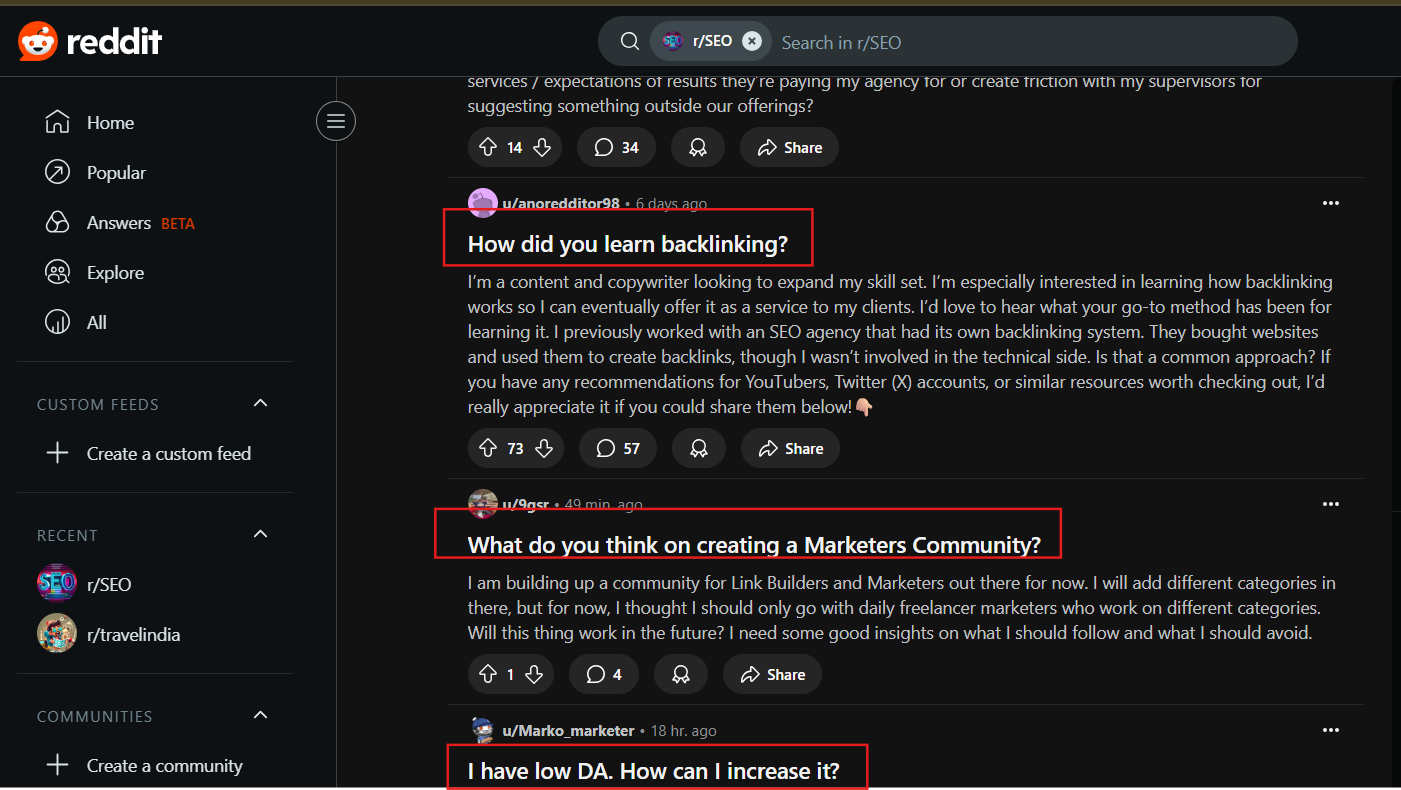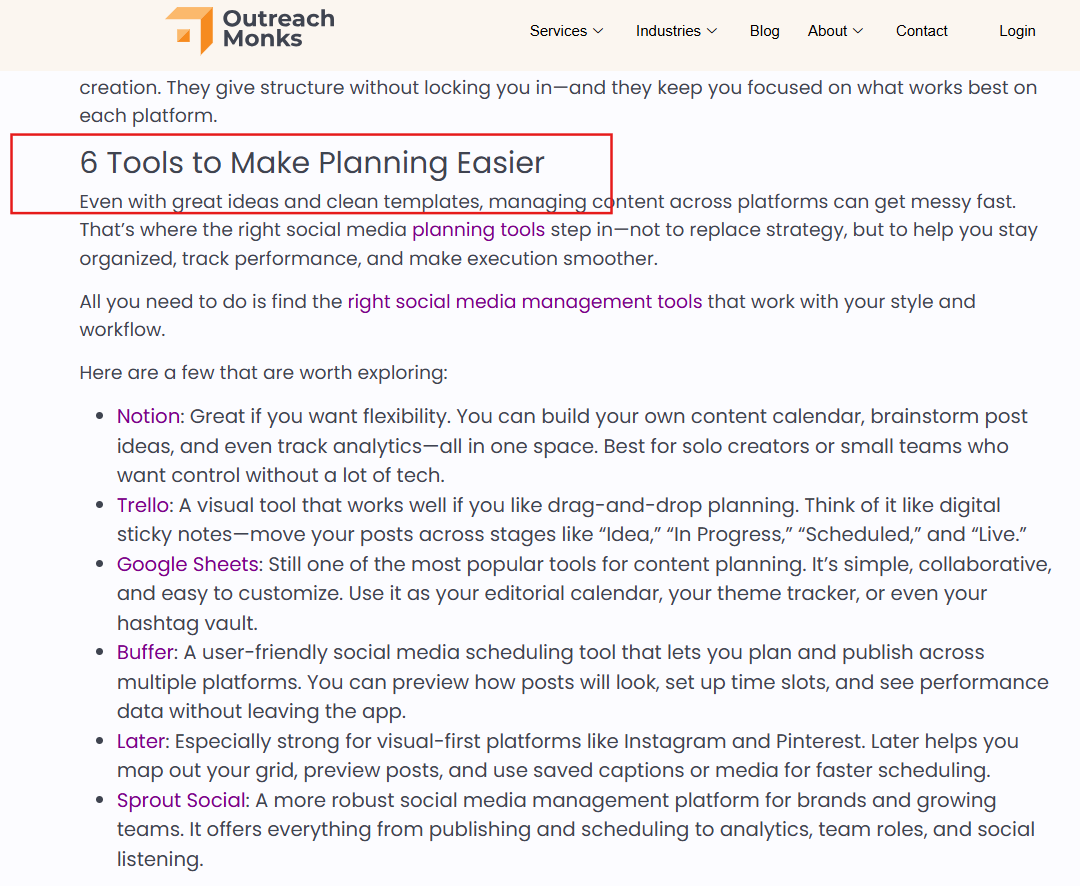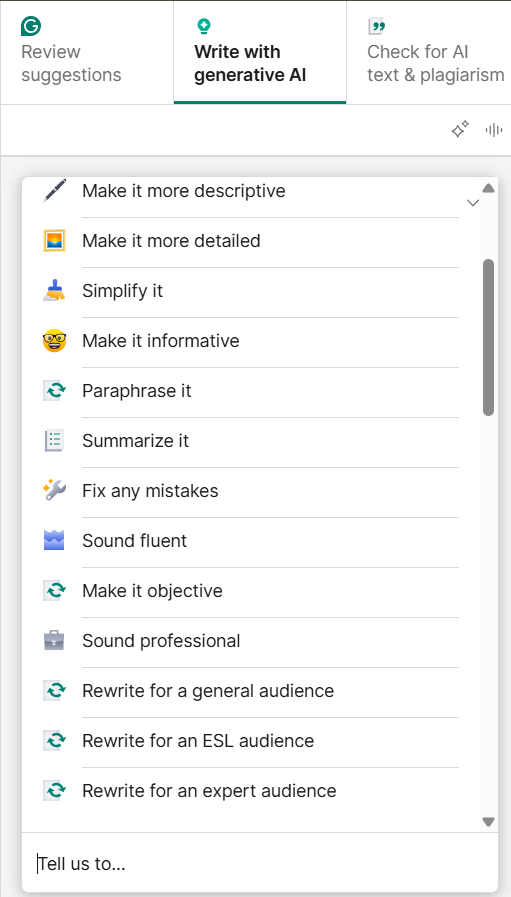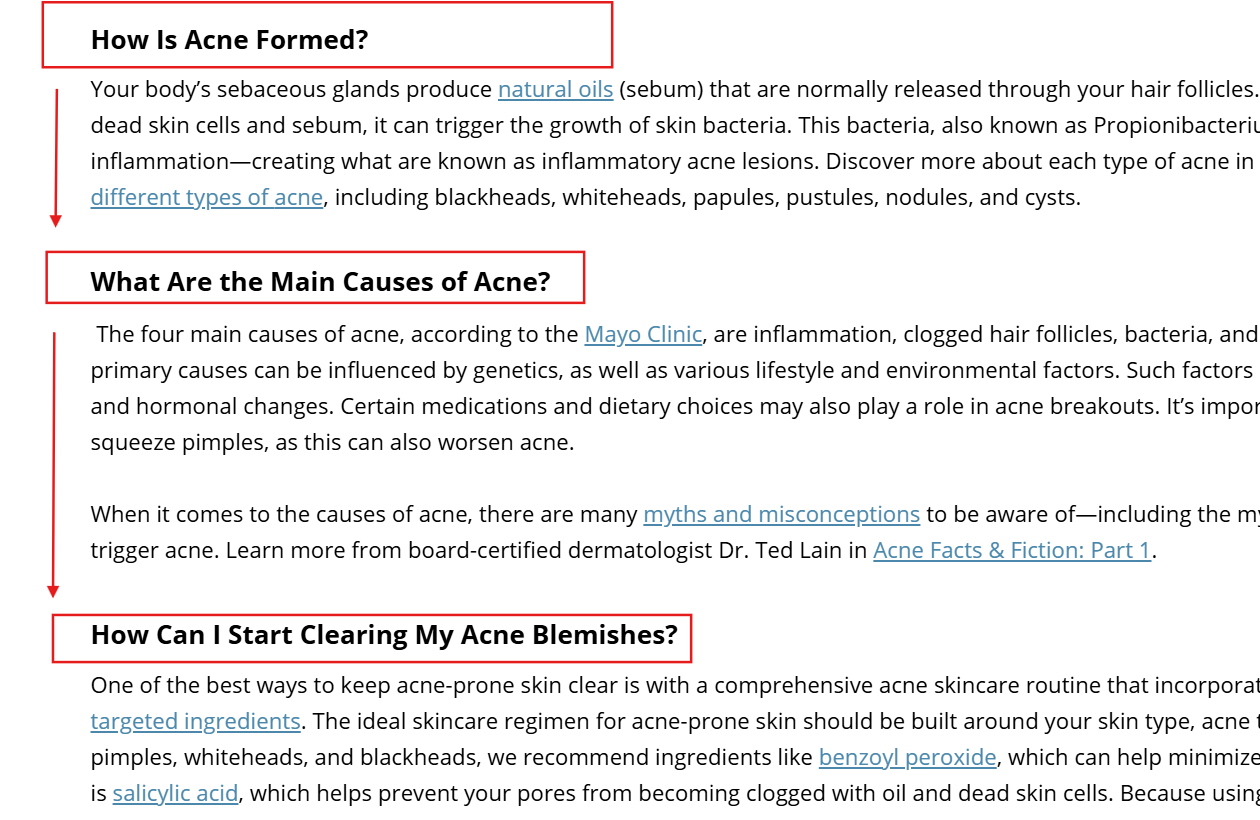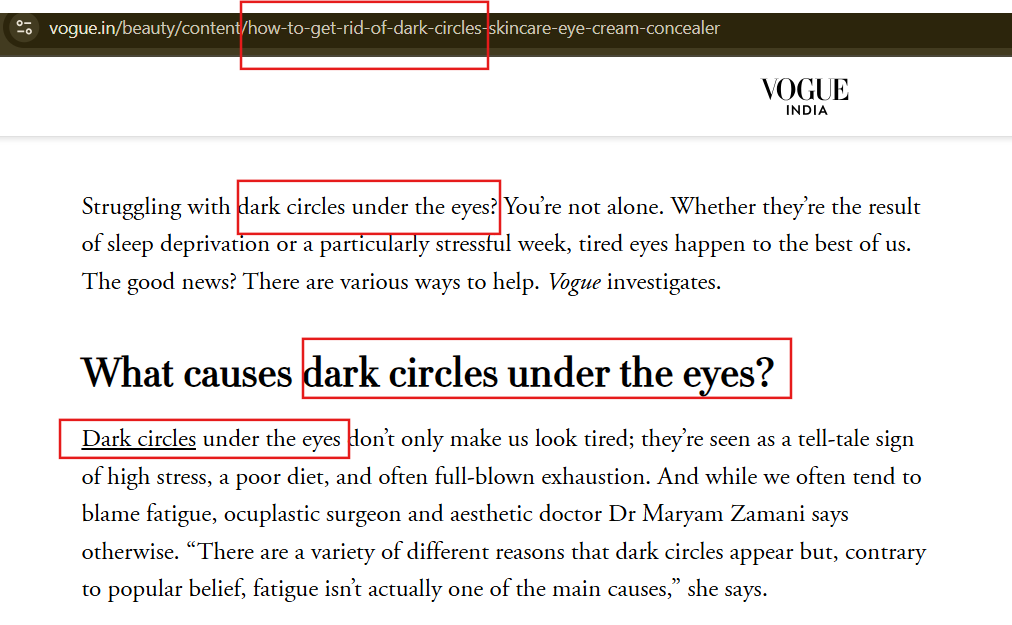How to Write a Blog Post the Way Professional Writers Actually Do It

How to Write a Blog Post isn’t the question most people struggle with.
It’s: How to write a blog post that ranks, gets read, and drives results?
Because let’s face it—there’s no shortage of blog posts on the internet. Every hour, thousands go live. But most? They never make it past a few clicks… if they get clicked at all.
Maybe you’ve been there. You hit publish on something you spent hours writing, only to see it buried under outdated posts, templated advice, and keyword-stuffed fluff. The problem isn’t effort. It’s that writing a blog post today isn’t just about words on a page. It’s about strategy, structure, and search visibility—all working together.
The good news? Once you learn how to combine audience insights, intent-driven keywords, and a proven writing process, your blog posts can bring in traffic, leads, shares—and even sales.
Let’s break down how to write a blog post for SEO that’s built to perform in 2025—driving traffic, engagement, and real conversions.
Contents
ToggleStart with the End Goal (Not Just the Keyword)
Before you even touch a keyword tool or outline, stop and ask:
What do I want this blog post to do?
Because if your goal is just to rank—writing blog content that ranks can still flop. But if your goal is to educate, convert, generate leads, or get shared… that clarity changes how you write from the first line.
Here’s how defining your end goal impacts your content:
- It shapes the angle of your content (informational vs. promotional).
- It influences your CTA (newsletter sign-up, product page link, contact form).
- It changes your formatting (educational = longer form; lead-gen = sharp and direct).
- It helps match user intent, which boosts both SEO performance and engagement.
For example, if you’re targeting “email marketing for small businesses,” your end goal could be:
- 📩 Driving sign-ups for your email tool
- 🏆 Building topical authority in your niche
- 🧠 Educating readers to stay on-site longer and explore related content
Find Validated Blog Topics Using Real Audience Behavior
Coming up with topics is easy. Finding ones people are actively searching for—and that Google wants to rank—is the real challenge.
That’s where audience validation helps. Instead of guessing, you tap into what your audience is already asking, clicking, and commenting on.
Look for real signals in places like:
- Reddit and Quora (for raw, unfiltered questions)
- YouTube comments under niche videos
- Google’s People Also Ask and related searches
- Customer support chats or sales calls
- Industry-specific forums and Facebook groups
Use Reverse Google Search to Find Gaps
Don’t just search for keywords—search the top-ranking posts and analyze what they missed.
Here’s how:
- Google your main keyword
- Open the top 5–10 results
- Jot down what each article covers
- Look for what’s not being said—missing angles, examples, or formats
These gaps are often your best opportunities to:
- Win Featured Snippets
- Provide more complete, helpful content
- Keep users engaged longer (a signal Google loves)
🔍 Try This:
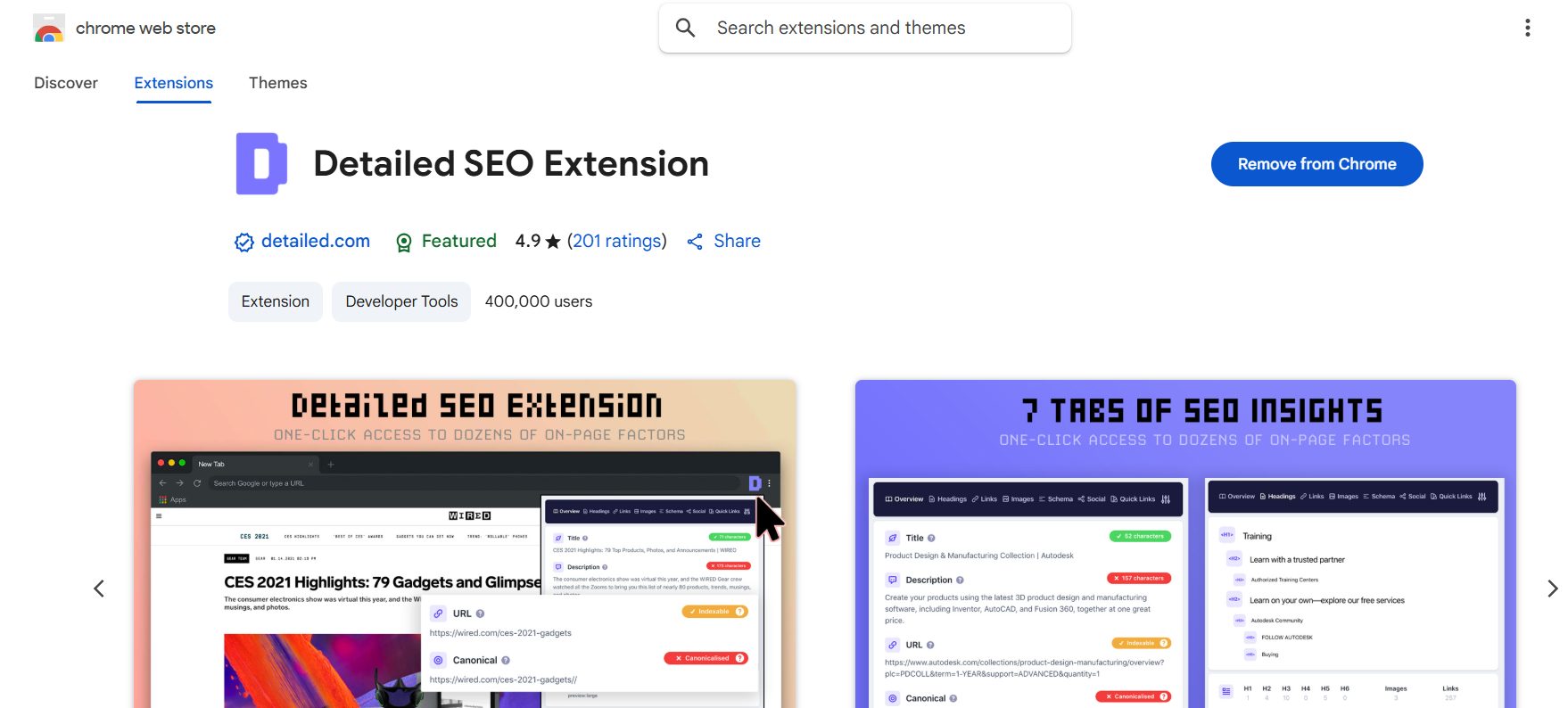
You can also go a step further by using tools or techniques that scrape real-time content from platforms like Google News to spot fresh angles before your competitors do.
Do Keyword Research That Targets Intent and Ranking Opportunities
The mistake most people make with keyword research?
They chase volume—and ignore intent.
Just because a keyword gets 5,000 monthly searches doesn’t mean it’ll bring in the right kind of traffic. You’re not just looking for words people type—you’re looking for what they want when they type them.
That’s where intent comes in.
Someone searching “best time to send email newsletters” isn’t just browsing—they’re likely looking for actionable advice. Someone searching “email marketing definition” probably just wants a quick explanation.
If your content doesn’t match the user’s goal, you’ll rank lower—or bounce them even if you show up.
To find keywords that both rank and convert, focus on:
- Long-tail keywords: They may get less traffic, but they’re more specific and higher intent (e.g., “how to write a blog post that ranks”).
- Search modifiers: Words like “best,” “vs,” “how to,” “for beginners,” or “examples” often signal high-conversion potential.
- Keyword intent types: Know whether the user is searching to:
- Learn (informational),
- Compare (navigational),
- Decide (commercial),
- Buy (transactional).
Matching this intent with your content is what makes rankings stick.
- SERP format: Look at what type of results are ranking—list posts? Tutorials? Product pages? Align your format accordingly.
Create a Blog Outline That Mirrors Search Patterns
Search engines don’t just look at keywords—they evaluate structure. And the structure that wins? It follows how people naturally search.
Your blog post structure for SEO should mirror how users explore content—starting broad, then digging deeper.
Here’s how to align your outline with actual search behavior:
- Lead with context: Answer the core query fast. Most readers (and Google) want clarity early.
- Follow with layered subtopics: Break down common follow-up questions.
- Integrate comparison or examples: These often appear mid-scroll, when readers are validating the info they just got.

- End with action-focused content: Think how-to steps, tool recommendations, or downloadable resources. These match the behavior of users ready to act.
This structure keeps your content aligned with how users search, and it helps search engines index it as more helpful, complete, and relevant.
Use a Step-by-Step Process to Plan, Draft, and Edit Blog Posts
If you’re looking for the exact steps to write a high-quality blog post, this section breaks down the process from first draft to final edit. This step-by-step framework is the best blog writing process we’ve refined after testing what works in real publishing environments.
A. Draft Your Post Without Obsessing Over Perfection
The first draft should focus on getting all your key points out, not polishing them.
- Follow your outline to stay focused
- Write straight through without stopping to over-edit
- Add placeholders for stats or examples you’ll refine later
Momentum matters more than precision in this phase.
B. Refine Your Draft for Clarity, Structure, and Tone
Once the draft is done, shape it into something that flows and connects.
- Reorder or trim sections that slow down the reader
- Shorten paragraphs and break up dense chunks
- Align your tone with the reader’s expectations—clear, confident, and human
- Use transitions to maintain rhythm and flow
This is where the content becomes cohesive and compelling.
C. Proofread Like an Editor, Not Just a Writer
Look at your draft through a critical lens.
- Eliminate fluff, filler, and repeated phrases
- Spot passive voice and vague wording
- Read it aloud to catch awkward phrasing or pacing issues
Clean writing builds trust—don’t skip this part.
D. Use Editing Tools to Speed Up the Process
Smart tools can highlight issues you might miss:
- Grammarly: Grammar, clarity, tone
- Hemingway: Sentence length, passive voice
- Content writing and AI tools (like ChatGPT): Use for restructuring or tightening—not full content generation
Use Psychological Copywriting Frameworks to Keep Readers Hooked
Readers drop off when content feels flat—even if the topic is strong. Copywriting frameworks help structure your blog in a way that mirrors how people think, process problems, and stay engaged.
Here are frameworks that consistently improve readability and retention:
- PAS (Problem – Agitate – Solution): Lead with a real pain point, highlight its consequences, then offer a resolution. Ideal for blog intros, product comparisons, and decision-focused content.
- AAP (Agree – Amplify – Point): Begin with something the reader already believes, expand on why it matters, then introduce your core message. Great for shifting perspectives or building trust.
“You already know that consistency matters in blogging.
But here’s the problem—posting regularly without a clear strategy just leads to more noise.
To actually grow traffic, your consistency needs to be paired with keyword intent and a user-focused structure.”
- Curiosity Loop: Ask a question early and delay the answer strategically. This keeps readers scrolling—use sparingly and only when the payoff delivers real value.
“What’s the one food most nutritionists avoid—but rarely talk about?
It’s probably in your fridge right now.
We’ll get to that, but first, here’s how it quietly throws off your energy levels.”
- Bucket Brigades: Short, punchy connectors like “Here’s why” or “What happens next” guide the eye and keep momentum. Use these especially in long sections with heavy information.
“You might think saving more is the answer.
But here’s the twist—how you save matters just as much as how much.”
- Open Loops in Subheadings: Phrase headers to spark curiosity or hint at an outcome.
Instead of: “Morning Routine Tips”
👉 Try: “The 3-Minute Habit That Changed My Mornings”
Instead of: “Common Skin Care Mistakes”
👉 Try: “Why Washing Your Face at Night Might Be Doing More Harm”
Instead of: “How to Sleep Better”
👉 Try: “The One Sleep Fix You Haven’t Tried Yet”
Apply On-Page SEO Tactics That Actually Move Rankings
You’ve written a great post—but if it’s not optimized on the page, it won’t go far. On-page SEO is about more than just adding keywords. It’s how you tell Google and readers: this is the right result.
Below are four tactics that directly impact your visibility in search.
A. Strategic Keyword Placement to Improve Visibility
Google still relies on clear keyword signals—but placement matters more than frequency.
Make sure your primary keyword appears in:
- The page title (within the first 60 characters)
- The H1 and at least one H2
- The first 100 words of the intro
- The URL and meta description
- At least one image alt tag
Use semantic variations (like synonyms or related questions) to reinforce the topic without stuffing.
B. Writing Compelling Meta Descriptions That Boost Click-Through Rates
Writing meta descriptions for blogs isn’t just about word count—it’s about creating a mini pitch that improves click-through rates from SERPs.
Write descriptions that:
- Include your main keyword once (naturally)
- Preview a clear benefit or takeaway
- Stay under 155 characters
- Use active, reader-focused language (e.g., “Learn how…” “Get tips…”)
On that note, there are now blog creation tools that include intuitive blog design using your computer mouse (drag and drop) and one-click meta description optimization using artificial intelligence.
C. Leveraging Internal and External Linking for Higher Authority
Smart linking does two things:
It helps Google crawl your content better, and it shows users where to go next.
- Add 2–4 internal links to relevant blog posts or pages
- Use keyword-rich anchor text naturally (avoid “click here”)
- Link externally to 1–2 credible sources (like studies or tools) to add trust
Avoid overlinking—too many links dilute value.
D. Using Schema Markup and Structured Data to Stand Out
Schema helps your content appear as rich snippets, FAQs, or how-to results.
- Use FAQ schema if you’ve got a question-answer section
- Add Article schema for standard blog content
- For tutorials, HowTo schema can increase visibility with step-by-step display
Use tools like Schema Markup Generator to create and test your code before adding it.
Format for Mobile Readability and Voice Search Discovery
Over 60% of blog traffic now comes from mobile devices. And voice search? It’s reshaping how users ask questions and expect answers. If your content isn’t built to handle both, you’re losing visibility.
Here’s how to format your blog to meet modern search behavior:
- Use short paragraphs (2–3 lines max): Dense blocks of text make users bounce—especially on small screens.
- Break up content with clear headings: Headings not only improve scan-ability but also give structure for voice assistants to read from.
- Use bullet points and numbered lists: These are easy to read on mobile and often pulled as voice search results.
- Add alt text and descriptive file names to images: Helps accessibility and voice-based indexing, especially for screen readers.
- To optimize blog content for voice search, write concise, conversational answers that voice assistants can easily interpret.
Voice searches are typically 4–6 words and framed as questions. Format a few H2s or H3s as questions and answer them directly below to increase your chances of being featured.
Use Custom Visuals to Improve Engagement and Linkability
Stock photos don’t build authority—and they definitely don’t earn backlinks. If you want users to stay longer and other sites to reference your content, visuals need to be original, relevant, and well-placed.
Custom visuals turn your blog from informative to memorable.
Here’s how to make them work:
- Use branded graphics for frameworks, comparisons, or stats: These are more likely to get cited and shared than generic visuals.
- Create data charts or infographics from your own research: Even if it’s a quick survey or internal case study, unique data adds authority and SEO value.
- Design custom screenshots for walkthroughs: Add annotations or highlights that guide the reader—don’t just drop in raw images.
- Optimize every image for SEO: Use descriptive file names (e.g., blog-writing-checklist.png), and add clear alt text tied to your keywords.
- Keep visuals lightweight: Compress images with tools like TinyPNG or ShortPixel to avoid slowing down your site.
Promote and Repurpose the Blog Across Multiple Channels
Publishing a blog post is just the start. If it sits idle, it won’t reach the readers who need it—or the rankings it deserves. Learning how to promote blog posts effectively is what separates good content from great results.
Here’s how to make your blog work harder:
- Turn key insights into LinkedIn posts or Twitter threads: Break down major takeaways into bite-sized social content with a link back to the blog.
- Convert visuals into standalone assets: Infographics, charts, or process graphics can be shared on Pinterest or embedded in guest posts.
- Repurpose long-form blogs into short-form videos or reels: Platforms like Instagram and YouTube Shorts reward short, informative clips—especially if paired with a hook and CTA.
- Use email to boost reach: Share the blog with your list, but don’t just drop a link. Summarize the benefit and add a direct ask (reply, comment, share).
- Add it to relevant content hubs or pillar pages: This boosts internal linking and signals topic authority to search engines.
Track Content ROI Beyond Traffic—Measure Conversion and Retention
Traffic numbers look good on a dashboard, but real blog ROI shows up in what readers do after they land.
To track meaningful results:
- Set up goal completions in Google Analytics (newsletter signups, downloads, purchases)
- Monitor average session duration and scroll depth for engagement
- Use heatmaps (like Hotjar) to see which sections hold attention
- Watch for referral traffic if you’ve promoted it across platforms
Optimize Existing Posts Instead of Chasing New Topics
Not every blog needs to be brand-new. Knowing how to update old blog posts for SEO is one of the most efficient ways to gain quick wins and reclaim rankings.
Here’s when and how to optimize your existing content:
- Start with posts ranking on page 2 or 3: These are already indexed and close to the top—small updates can push them into the spotlight.
- Refresh outdated stats, screenshots, and links: Search engines prioritize accuracy and timeliness, especially for evergreen topics.
- Add new insights, examples, or keywords: Expand thin sections, match current search intent, or target long-tail variations not covered originally.
- Improve title tags and meta descriptions: Small tweaks here can increase click-through rates, especially if your impressions are high but clicks are low.
- Reoptimize internal links: Link updated posts from other high-traffic pages on your site using contextual anchor text.
Important Blog Writing Trends to Follow in 2025
Search is changing—and so are the rules of content. In 2025, it’s not just about ranking for keywords. It’s about how well your content shows up across AI-generated summaries, voice queries, visual feeds, and mobile-first results.
Here are the key blog writing trends shaping content success right now:
A. Optimizing for Google’s Generative AI Search Results (SGE)
Google’s Search Generative Experience (SGE) pulls information directly into AI-generated overviews. To show up in those snapshots:
- Use structured, clear answers near the top of your post
- Add follow-up context directly after the answer—SGE rewards layered but scannable content
- Include trustworthy citations and sources to boost credibility
B. Creating Blog Content for Advanced Voice and Visual Searches
People don’t just type—they ask and swipe.
To optimize for modern search behavior:
- Use natural, conversational phrasing in key sections
- Add FAQ-style headers and answer them clearly beneath
- Include image alt text that’s descriptive and tied to real queries
- Add captions and metadata to every visual element
Voice assistants prioritize clarity. Visual search favors properly labeled, original media.
C. Prioritizing First-Hand Expertise and Transparent Authorship
Google’s E-E-A-T (Experience, Expertise, Authoritativeness, and Trust) is becoming more influential in content evaluation.
Here’s how to align:
- Add personal insights or case-based perspectives
- Mention real credentials or contributor names where possible
- Use author bios that explain “why you” for the topic
- Cite your own research or direct experience where relevant
Real authorship builds both SEO value and reader trust.
D. Adopting Short-Form Content Within Long-Form Blog Posts
Readers skim—even in 2,000-word guides.
Use embedded short-form content like:
- Bold callout boxes for key stats
- 2–3 sentence takeaways under major H2s
- TL;DR summaries at the start or mid-section
- Scroll-stopping visuals every 400–500 words
These fragments give mobile readers a faster route to value and increase dwell time.
Special Tips and Tricks We Actually Use to Make Blog Posts Unique
We don’t rely on fluff, filler, or recycled formats. Every blog we write goes through a real process—one that balances SEO with storytelling, clarity with credibility.
Here’s exactly what we do differently:
- We use real-life examples and case studies: Instead of vague “how-to” advice, we explain concepts through actual outcomes—whether it’s a campaign result, a client win, or a behind-the-scenes workflow we’ve tested ourselves.
- We design in-house infographics with strategic alt text: Custom visuals aren’t just for aesthetics. We pair every infographic, chart, or screenshot with SEO-friendly alt text and file names to boost discoverability, especially in Google Image and visual search.
- We write for zero-click searches and featured snippets: Our content structure is intentionally built with short, clear answers near subheadings, so it can surface in AI summaries, voice search, and SERP previews.
- We edit with “real voice” in mind: Every draft goes through a final polish pass to strip robotic phrasing and bring in expert-level tone. It’s direct, confident, and sounds like a person—not a plugin.
- We keep a tone that’s sharp, helpful, and still human: Informative doesn’t mean dry. Our best-performing posts hit the sweet spot: technically strong, SEO-rich, and genuinely enjoyable to read.
Wrapping It Up
The difference between a blog that ranks and one that disappears isn’t luck. It’s process.
From choosing a topic your audience actually cares about, to structuring it for search, to editing with intent—every step matters. And the most successful blogs aren’t just informative. They’re original, well-crafted, and clearly written by someone who knows what they’re doing.
If you want your blog posts to work harder in 2025—drive traffic, earn backlinks, get saved and shared—you need more than content. You need content built with purpose.
And now, you know exactly how to do it.
Frequently Asked Questions
How long should a blog post be for SEO in 2025?
There's no single magic number—but most SEO experts agree that 1,200–2,000 words hits the sweet spot for in-depth, rankable content. That said, quality beats quantity every time. A 900-word post that answers the reader’s query better than a 2,000-word one will still win.
Should I add the publish date or update date to my blog posts?
Yes—showing a visible update or publish date builds trust with readers and helps Google assess content freshness. If you regularly refresh your posts, adding a “Last Updated” tag can improve click-through rates and help your post stay relevant in SERPs.
Is it okay to outsource blog writing to freelance writers or AI tools?
It’s okay—as long as you maintain a strong editorial process. Whether you’re using AI to speed up research or working with freelancers, the final content should still reflect your brand voice, offer original value, and align with Google’s helpful content guidelines.
Do I need to create separate blog posts for each keyword variation?
No. Smart content clustering allows you to cover multiple related search terms within one well-structured post. Use subheadings, FAQs, and semantic keywords to address variations like “how to write a blog for SEO,” “steps to write a blog post,” or “blog writing process.”
Can I republish the same blog post on Medium or LinkedIn?
Yes, but do it carefully. Always wait at least 1–2 weeks after publishing on your main site, and use a canonical tag or link back to the original post. This avoids duplicate content issues and signals to Google where the original version lives.
Related posts:
- What Does an SEO Content Writer Do? (+How to Write for SEO)
- How to Write Effective Guest Posts for Maximum SEO Impact?
- Top 7 Google Ranking Factors That Actually Impact Your SEO
- 15 Easy Link Building Hacks That Actually Work in 2025
- 20 Healthcare SEO Tips That Actually Help in 2025!
- 6 Hotel SEO Strategies That Actually Work in 2025!
- How To Increase Domain Rating in 2025 (What Actually Works)
- 7 Best Guest Posting Services That Actually Work in 2025
